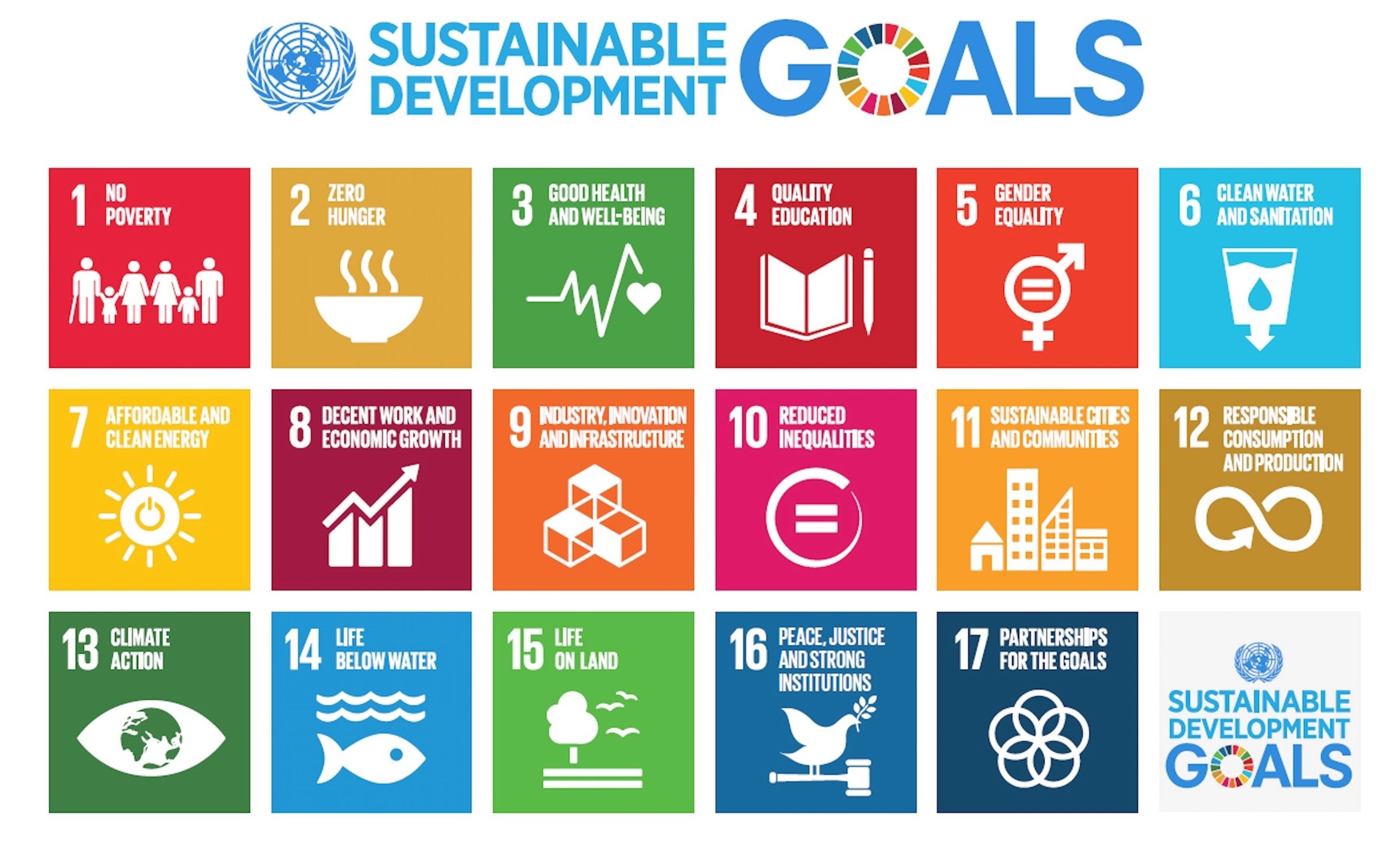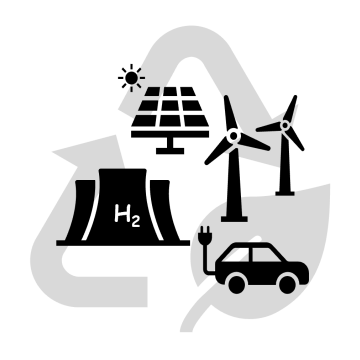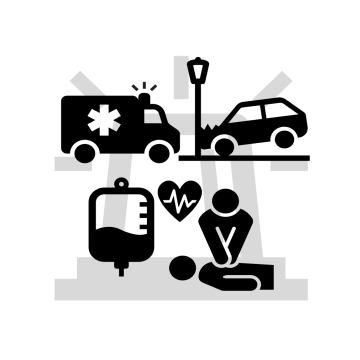THIS IS SAFER
We are bringing people together, conducting research and leveraging knowledge to enable safe sustainable mobility.
SAFER Vehicle and Traffic Safety Centre at Chalmers is a collaborative platform for research and knowledge exchange where partners from society, academia and industry acquire and share knowledge to make significant contributions to a safer road transport environment for all.
SAFER was crafted to facilitate collaborative research and knowledge-building endeavours among the partners, all aimed at achieving Vision Zero and tackling the complex traffic safety challenges of today and tomorrow, far beyond what a single actor can accomplish.
The SAFER environment sparks research ideas through its diverse set of networking activities, usually resulting in national, bilateral or European funded research projects feeding back knowledge to the community. SAFER is the go-to hub in Sweden for being up to date on various aspects of road transport safety including research, and it is an excellent networking arena with participation from renowned road transport safety experts and researchers. Strong collaboration across different stakeholders is the required path towards zero fatalities and seriously injuries.
SHORT FACTS ABOUT SAFER
Working together to enable safe mobility for all
- A collaborative platform for research and knowledge exchange where partners from society, academia and industry acquire and share knowledge to make a significant contribution to a safer road transport environment for all.
- Research is conducted within 3 Impact areas: Human body and mind, Safety principles and Safety performance evaluation.
- Access - through projects - to SAFER's connected research resources: AstaZero real-world proving ground, Revere research lab for active safety and autonomous driving, SAFER Naturalistic Driving Data Platform and Data catalogue, the SAFER Human Body Model, Driving simulators, Stora Holm test track and the SAFER open research arena.
- Over 400 completed vehicle and traffic safety projects and more than 1000 publications since the start of SAFER in 2006.
- Around 600 active researchers.
- Venue for co-creation and knowledge transfer with a 300 sqm working area including workplaces, small meeting rooms, conference facilities and project areas.
- Located at Lindholmen Science Park in Gothenburg, Sweden's hub for future mobility and an internationally acclaimed science park for new technology and communication with 350 companies and academic institutions.
- Hosted by Chalmers University of Technology.
OUR VISION
A road transport system safe for all.
OUR MISSION
We are bringing people together, conducting research and leveraging knowledge to enable safe sustainable mobility.
AGENDA 2030

Agenda 2030 is the most ambitious set of sustainability goals ever adopted by the UN member states, and road safety is included both directly and indirectly in several of the goals. The goals are absolute and indivisible, which means that the work with different goals such as road safety, gender equality, poverty and climate change must take place in parallel. How is SAFER approaching these targets and what are the main challenges and opportunities?
SAFER'S VALUE PROPOSITION
How we contribute to partners and the society
UNIQUE NETWORK
The SAFER network gathers all relevant stakeholders who interact through the diverse set of networking activities. Our community consists of a diverse mix of researchers and experts from industry, academia, research institutions, and government bodies. As a partner, you enjoy opportunities to: - Establish relationships with people across partner organisations. - Share insights and expertise with peers and visiting external experts. - Collaboratively initiate and lead research projects, inspire innovative solutions based on identified needs and concepts. - Identify suitable collaborators for ground-breaking projects. - Gain access to important national and international programs and platforms, e.g. Drive Sweden and ERTRAC. - Access experienced peers; who can help shape your research towards its most valuable impact, guide formative ideas or help build your network for the next project proposal.
JOINT RESOURCES
SAFER is a node for accumulated knowledge about road safety and has physical resources that the parties can use. Via SAFER, you as a partner get access to: - Proactive facilitation: a dedicated centre management team committed to initiating collaborative projects and sharing knowledge. - Expansive knowledge repository: A continually growing wealth of research findings and publications, databases, models, methods, and demonstrators for seamless integration into your organisation. - Dynamic working groups: Agile working groups treating different aspects of traffic safety from research to deployment perspectives, which cannot be addressed by partners on their own. - Collaboration facilities: Premises with co-creation areas and office workplaces and suitable AV equipment and collaboration tools, supporting centre collaboration and knowledge exchange. - Research resources: Associated research assets that facilitate and support the implementation of research projects, e.g. AstaZero, SAFER HBM, Revere and relevant datasets. - Dissemination channels: Well-established channels and tools that facilitate the dissemination of research outputs to the community.
STRATEGIC INFLUENCE
SAFER's renowned brand and its role as a communication platform provide parties with a unified, highly credible communication channel. As a partner, you can utilize SAFER to connect and engage with: - Targeted audiences: effectively reaching specific target groups. - Communicate with research funders to shape forthcoming research programs. - Decision makers in politics and authorities, both nationally and internationally, to influence road safety agendas, policies, and legislation.
FUNDING OPPORTUNITIES
As a partner in SAFER, you can get funding through our internal calls. These funds can finance exploratory pre-studies, investigating research questions before seeking external financing, as well as other idea exploration activities. The financial contribution to SAFER is multiplied in the project portfolio. Additionally, SAFER offers guidance and assistance in national and international project funding opportunities.
THE SAFER ORGANISATION
Traffic safety research organised around collaboration
At SAFER, collaboration is paramount - we build the platform for research together! Our board guides our strategic development, while the Research council propels our research agenda forward. SAFER’s working groups are where partners engage in focused discussions, fostering inspiration and cultivating ideas that lead to significant projects and activities. SAFER operational team is the backbone, providing essential support services including event management, meeting planning, and all the practicalities in between.
THE SAFER BOARD
Charting SAFER’s path into future research
- Chalmers: Balázs Kulcsár and Mats Svensson
- Lund University: Aliaksei Laureshyn
- RISE: Anna Larsson
- Swedish Transport Administration: Maria Krafft
- VTI: Jonas Jansson
- Independent chairperson: Thomas Andersson, Volvo Cars
THE SAFER RESEARCH COUNCIL
Leading SAFER's scientific journey
- Anna Sjörs Dahlman, VTI
- Carmelo D'Agostino, Lund University
- Ines Heinig, SAFER's Operational team
- Jonas Bärgman, Chalmers University
- Magnus Granström, SAFER's Operational team
- Malin Levin, SAFER's Operational team
- Martin Sanfridson, RISE
- Sofia Gjerstad, The Swedish Transort Administration
SAFER'S WORKING GROUPS
The main forum for inspiration and idea incubation
OUR ECOSYSTEM
The hub for traffic safety research, in Sweden and elsewhere
SAFER may be based in Sweden but has a truly global mindset. Our international commitment is wide, with vital partnerships with universities and traffic safety research communities all over the world. And by initiating and participating in global collaborative research structures, we strongly influence the political traffic safety agenda and contribute to the development of sustainable, safe mobility – in Sweden, and elsewhere.











